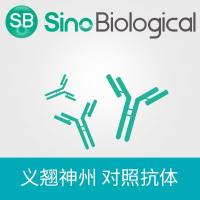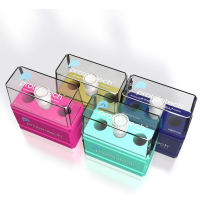Nuclear Transfer in Bovine Embryos
互联网
481
In early work to produce identical animals, such as twins, triplets, or quadruplets, blastomeres of two- to four-cell stage sheep embryos were separated (1 ), and each blastomere was sealed in an empty zona pellucida, embedded in agar gel, and temporarily cultured in vivo in rabbit or sheep oviducts until the blastocyst stage. Developed embryos derived from separated blastomeres were recovered 4–5 d later, and transferred into final recipients. However, when producing more than eight identical animals, the developmental ability of the separated blastomere at the 16 to 32-cell stage was quite low, probably because of a shortage of cytoplasmic material. Later, the technique of nuclear transplantation into enucleated oocytes was developed to compensate for the shortage of cytoplasm. Production of cloned animals by nuclear transfer has been reported in many mammalian species, including the mouse (2 –5 ), rabbit (6 ), sheep (7 ), cattle (8 ,9 ), and pig (10 ).









